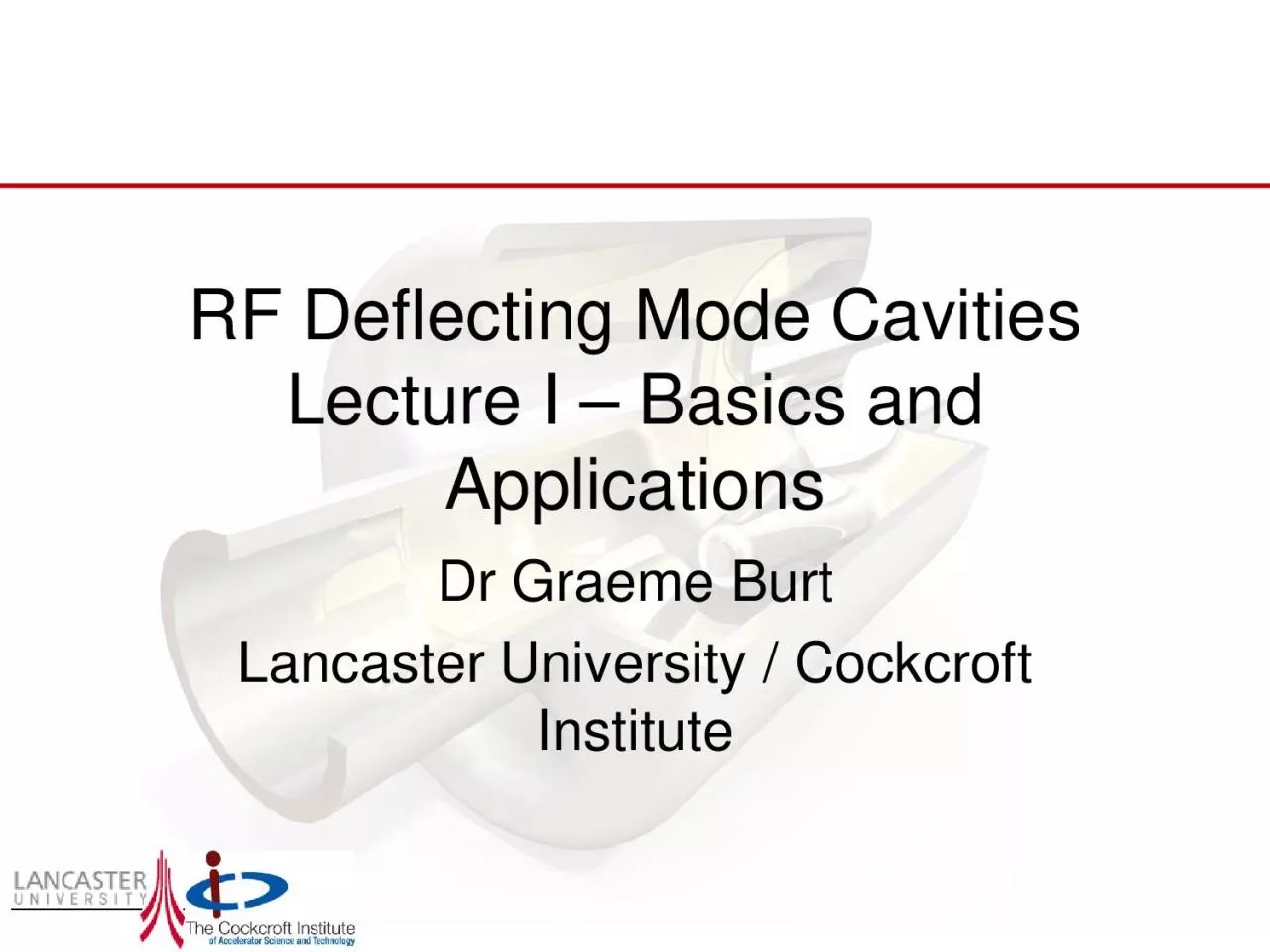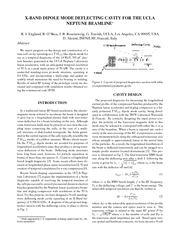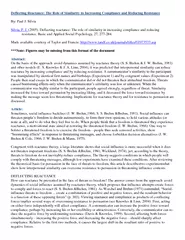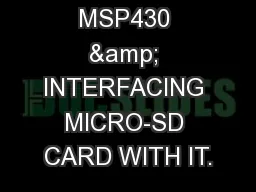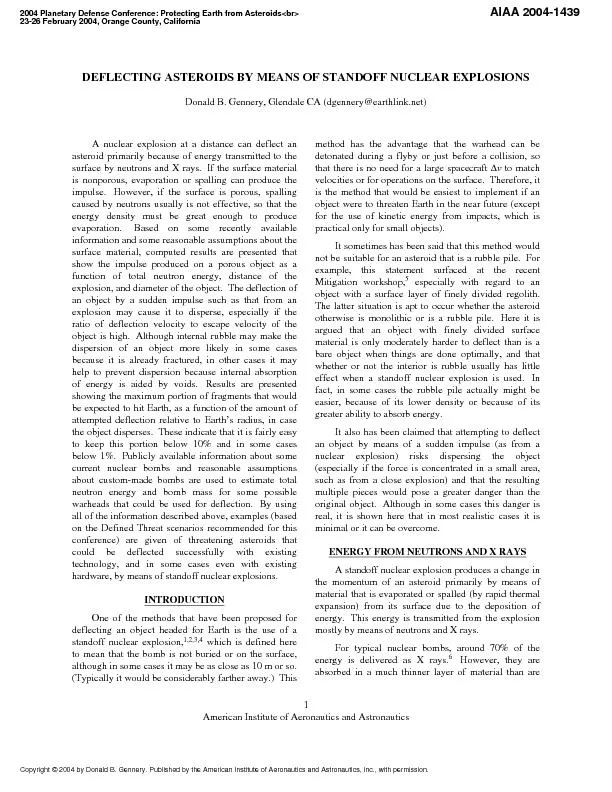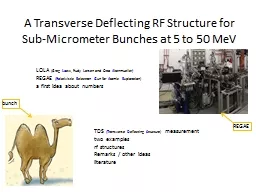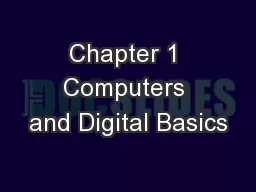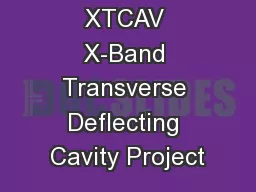PDF-RF Deflecting Mode CavitiesLecture I Basics and ApplicationsDr Graeme
Author : unita | Published Date : 2022-08-21
Pillbox Cavities 149 Transverse Electric TE modes Transverse Magnetic TM modes imnmmzearJArE1 ztnmztEaikE22 ztnmtEzaiH13622 imnmmzearJArH1 ztnmztHaikH22 ztnmtHzaiE13622 µεω
Presentation Embed Code
Download Presentation
Download Presentation The PPT/PDF document "RF Deflecting Mode CavitiesLecture I Bas..." is the property of its rightful owner. Permission is granted to download and print the materials on this website for personal, non-commercial use only, and to display it on your personal computer provided you do not modify the materials and that you retain all copyright notices contained in the materials. By downloading content from our website, you accept the terms of this agreement.
RF Deflecting Mode CavitiesLecture I Basics and ApplicationsDr Graeme: Transcript
Download Rules Of Document
"RF Deflecting Mode CavitiesLecture I Basics and ApplicationsDr Graeme"The content belongs to its owner. You may download and print it for personal use, without modification, and keep all copyright notices. By downloading, you agree to these terms.
Related Documents

